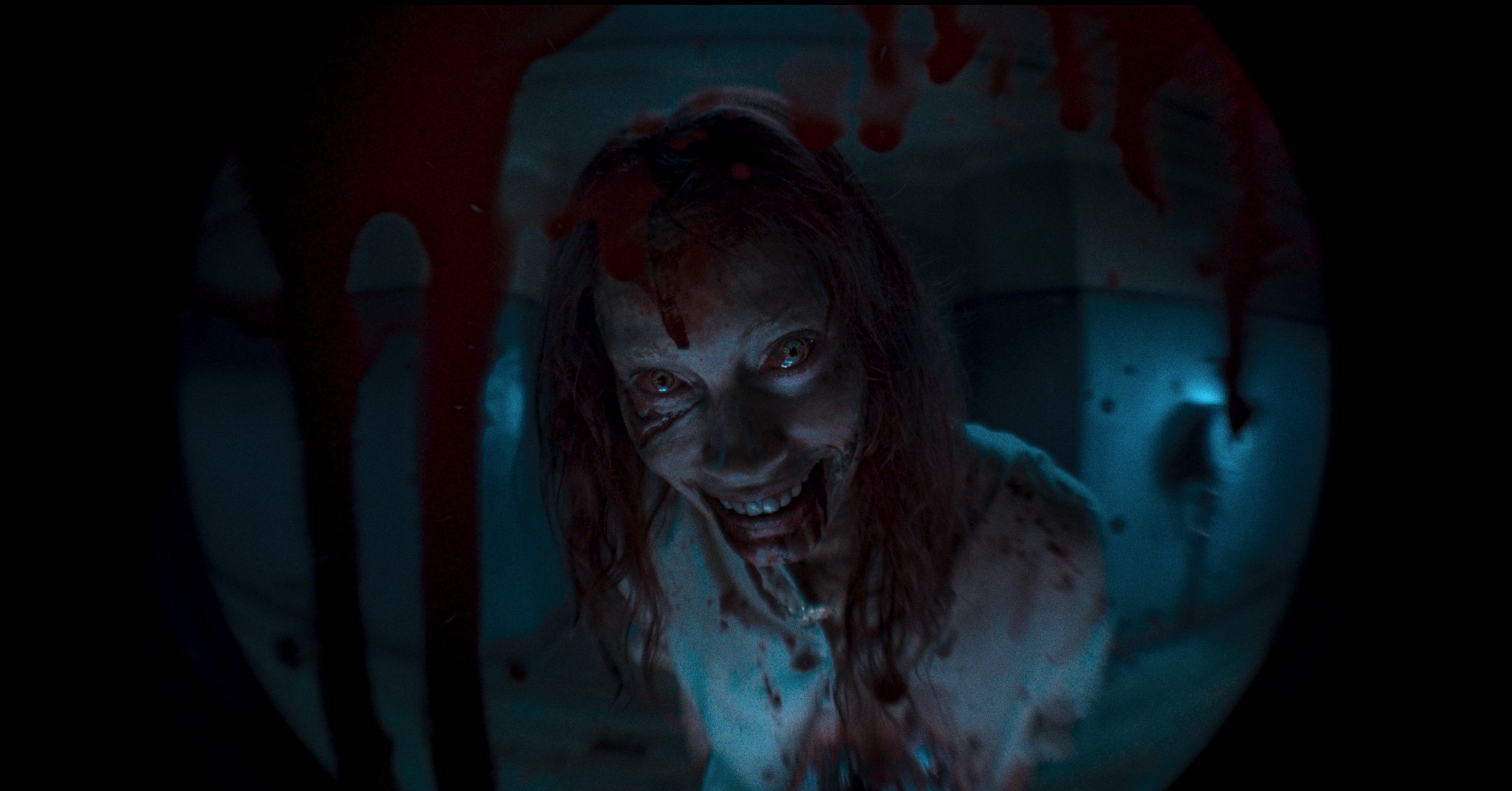The creative decline of legacy sequels
Source decades
Legacy sequels export
- Population
- Population
Legacy sequels - continuations to films released a long time ago - have exploded on the big screen since 2015. Yet, the overwhelming majority of these outputs are banal, telegraphic, boring and uninspired filled with pedestrian screenplays and plot developments that soil their memorable and ultimately, groundbreaking predecessors. The first true legacy sequel can be traced in 1998 in the form of “H20” (1998) and “Blues Brothers 2000” (1998), each one bearing a 20 year gap since their original counterpart hit the cinemas.
“H20” (1998) was the first major legacy sequel within the same franchise.
Ignoring the travesty of “Blues Brothers 2000”, “H20” (1998) received solid reviews and ticket receipts. Featuring an all star cast, the attractive return of scream queen Jamie Lee Curtis and a blatant disregard for all the five previous cash grabs, the “Halloween” franchise started afresh. Between that year and 2015, we only experienced a handful of these dangerously volatile in terms of quality films, most of them focusing on beloved 70s and 80s icons: Rocky Balboa (“Rocky Balboa” (2006)), John McClane (“Live Free or Die Hard” (2007)), John Rambo (“Rambo”) (2008), Indiana Jones (“Indiana Jones and the Kingdom of Crystal Skull” (2008)), Kevin Flynn (“Tron: Legacy” (2010)) and Mad Max (“Mad Max Fury Road“ (2015)). The ahead of its time “Scream 4” (2011) was the sole outliner marked by the reunion of Neve Campbell, Courtney Cox and David Arquette with franchise creator Kevin Williamson.
The majority of these sequels though did not do much to expand the previously known mythos although they manage to avoid tarnishing the originals’ reputation excluding a handful of unexpected bangers (“Tron: Legacy”, “Scream 4”, “Mad Max Fury Road”). Besides the critical acclaim resurrection of Mad Max and its absolutely spectacular vehicular mayhem, 2015 bore enough a few more sequels with “Creed”, “Jurassic World” and the return in a galaxy far, far away in the hotly anticipated “Star Wars Episode VII: The Force Awakens”. The marketing teams did wonders with the given material and initial signs were encouraging. Practical effect insistence, secure return of key players who influenced millions of childhoods and a positive word of mouth from well-known filmmakers were all taken as blissful signs to pass the torch to a new and slicker generation of storytellers.
Things changed when “The Force Awakens” (2015) was released.
Problem was, in their efforts to attract the masses, these entries copied pasted what worked before by repackaging the same material and sex-swapping the same heroic types. Devoid of thrills, meaningful plots, interesting mythology and compelling characters, creativity was sacrificed in the altar of greed under safe to consume flicks with absolutely no artistic chances. Unless of course you considered expectation subversion, a post “Game of Thrones” (2011-2019) effect used disrespectfully by every hack to shock movie goers. Time has not been kind to them showing a clear lack of the ambition, scale and scope that their predecessors had. This new wave of filmmakers might have been raised with beloved properties but they lacked a basic skill: the ability to construct an appealing story featuring idiotic choices that contradict the plot within their own films. An example of this trend was J. J. Abrams. Hailed as the next Steven Spielberg, he has now been reduced as the “mystery boxes” guy who will not finish what he started leaving unanswered supposedly key elements throughout his scripts (“A good question for another time”). Similarly to “Episode VII”, “Jurassic World” used the exact same ingredients that made “Jurassic Park” (1993) such a crucial film of the 90s in a less effective degree, adding such confounding elements (e.g., dino weapons and hybrids) that muddle what could have been a straightforward plot involving dinosaurs. Only “Creed” managed to demonstrate some form of heart.
The success though of the aforementioned flicks unlocked a pandora’s box filled with endless possibilities of extending stories that have been already concluded. From 2016, the mighty franchises of “Star Wars”, “Jurassic Park”, and even the “Terminator“ were milked dry: “Terminator: Genisys“ (2015), “Star Wars Episode VIII: The Last Jedi“ (2017), “Jurassic World: Fallen Kingdom” (2018)“, “Star Wars Episode IX: The Rise of Skywalker” (2019), “Terminator: Dark Fate“ (2019) became worthy of carrying the title for some of the most creatively bankrupt flukes of all time. But wait there is more: “Jason Bourne” (2016), “XXX: The Return of Xander Cage” and “Trainspotting 2” (2017) were those legacy sequels that no one asked for.
One of the worst legacy sequels in recent memory, “Jurassic World: Fallen Kingdom” (2018)
Meanwhile, it is evident we have reached an artistic decline when we permit new cinematic atrocities to get away by using the exact same title (and font) of their predecessors: “Halloween” (2018) tried for the second time to do a legacy sequel betting on the appealing return of again, Jamie Lee Curtis but also John Carpenter (who served as composer and executive producer). Its unexpected success however, overshadowed its tacky characterization, idiotic cast, shoehorned subplots in a scare free running time (pushing the once clever “Scream” (1996-2023) franchise to copy the same formula in … “Scream” (2022)). As more direct sequels began employing this approach, the wider the disrespect grew for famous cinematic characters, undermining their past efforts with clumsy hints of racism, colonialism, and the occasional blatant misandry for not reason … to update the stories for modern audiences. “Terminator Dark Fate” (2019) and “Episode IX” in particular, plunged deep into the arena of identity politics erasing the impact of John and Sarah Connor and Anakin and Luke Skywalker respectively in such a disgraceful fashion that has to be seen to be believed. To nobody’s surprise, both are regarded as massive box office bombs that practically terminated the franchises.
However, in 2020, audience members started catching up on all these sucker punches. Any form of old school on-screen cinematic reunions was seen through a more skeptical eye which was able to detect in time the shameful and pointless cash grabs of “Coming 2 America” (2021), “The Matrix Resurrections” (2021) and “Scream” (2022). Yet, like any pestilent disease that refuses to go away, more is still better leading to “Rambo: The Last Blood” (2019), “Halloween Kills” (2019) (“Evil dies tonight!”), “Ghostbusters: Afterlife“ (2021), “Jurassic World: Dominion” (2022), “Halloween Ends” (2022), “Scream VI” (2023), “Exorcist: Believer” (2023) and “Indiana Jones and the Dial of Destiny” (2023), all sharing unconvincing de-ageing effects and wasted reunions (e.g., Goldblum, Neil, Dern/Ford, Rhys Davies/ Murray, Aykroyd, Hudson) lifting intact moments and features from their predecessors in an extra effort to masquerade their inability to craft anything new. “Ghostbusters: Afterlife” has Zhul and Gozer again, “Scream” includes an utterly distracting de-aged Skeet Ulrich, rips off the original’s entire last act and tropes (e.g., is the boyfriend the killer or not) ignoring the fact that “Scream 4” did the exact same thing 11 years ago to a successful degree.
Although some do seem to respect their source material (“Blade Runner 2047” (2017), “The Incredibles 2” (2018), “Merry Poppins Returns” (2018), “Top Gun Maverick“ (2022), “Evil Dead Rise” (2023)) under filmmakers who possess a clear vision, the overwhelming majority of legacy sequels continue to bet on the sweet nostalgia factor to cause any sort of minor entertainment (“Creed 2“ (2018), “Doctor Sleep“ (2019), “Bad Boys For Life” (2020), “Bill and Ted Face the Music” (2020), “Spiderman: No Way Home“ (2021), “Hocus Pocus 2“ (2022), “Clerks III” (2022)).
With more 80s properties ready to receive additional installments (“Beverly Hills Cop” (1984-1994), “This is Spinal Tap” (1984), “Beetlejuice” (1988)), it seems that we will never be free from this existing trend, at least for the time being. Hollywood is moving beyond the 80s remembering the color filled decade of the 90s (“Demolition Man” (1993), “Twister“ (1996)) and the early noughties (“Gladiator” (2000), “Constantine” (2005), “Lord of War 2“ (2005)) in films that frankly should be left alone. What’s next? A sequel to David Fincher’s “Seven” (1995) starring Brad Pitt and a wheelchaired Morgan Freeman titled “Eight” or “When Harry Divorced Sally”? Let it rest.


